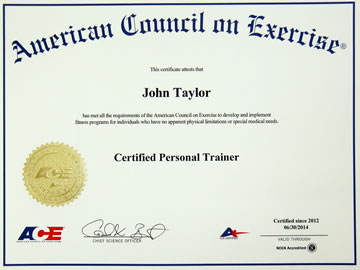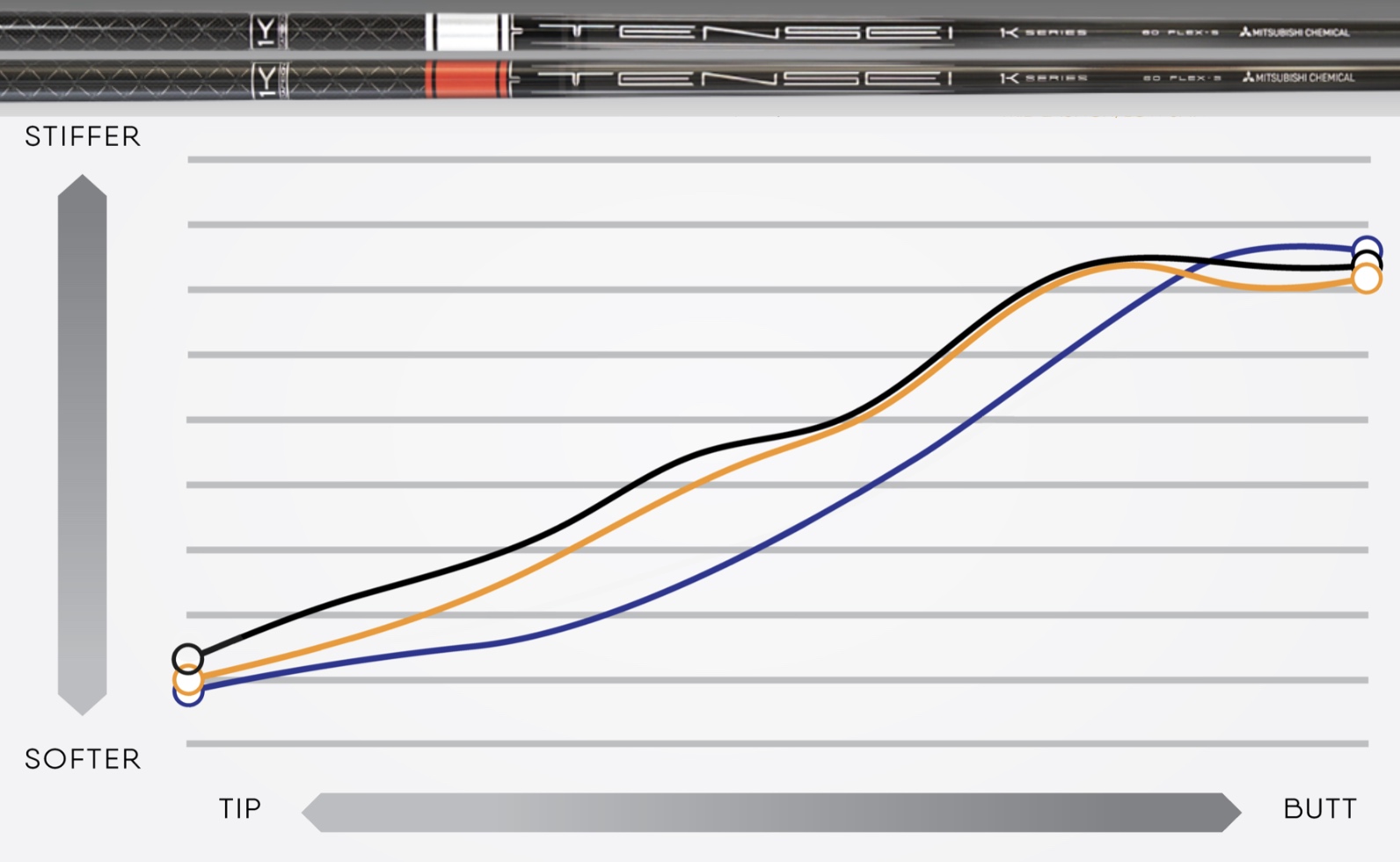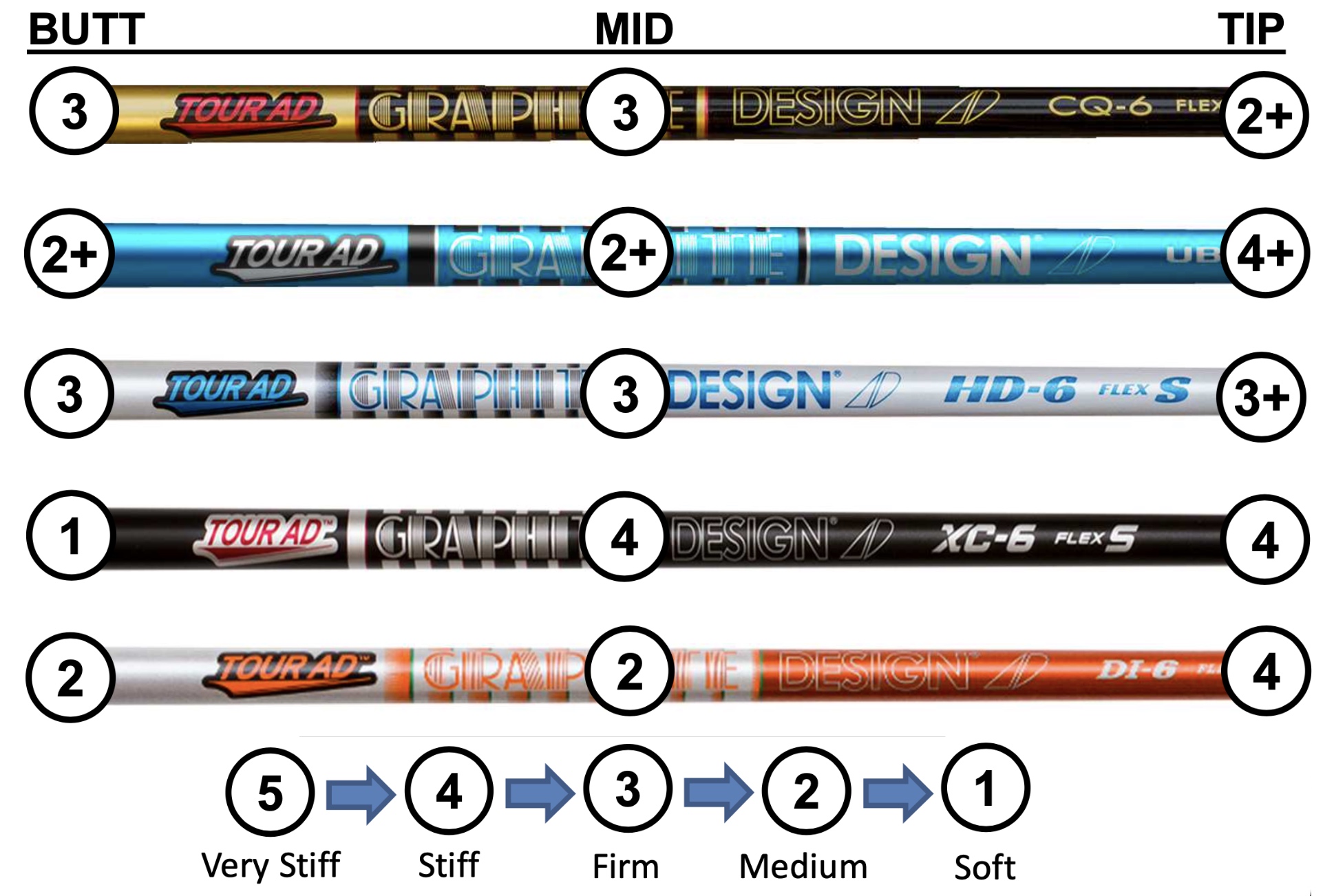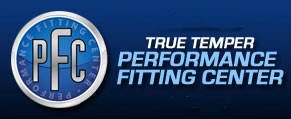Junior Golf Fitness
Fitness training for the junior golfer in high school and college is a key foundation for playing competitive golf. TPI has gathered the best training plans and thinking from expert sources around the world and integrated them into an approach that we think is currently the best in the US. We see the details of this training in the TPI Junior Coach classes and TPI Golf Fitness classes where several top international instructors contribute their expertise. Here's what they find.
Junior athletes in the 12 - 15 yr age bracket typically experience a developmental growth spurt that governs what they can realistically accomplish in golf without excess risk of injury. It's a good period for focusing on speed and quickness in fitness training. We like incorporating exercise challenges that corrrespond to the wide variations in strength and coordination we see at this stage. We want to increase the development of fast twitch muscle fibers in this growth phase.
Juniors in the 16 - 18 yr age group can increase their focus on strength and power training. The key here is to be sure that developing muscle and bones are not stressed to the point of inducing overuse injuries. These types of injuries are a common problem in juniors who bring dedication and determination to the training facility. Safe training progressions need to be built on a solid athletic base that permit the development of explosive rotational power.
Power is the product of strength and speed; and golf is a rotational sport. It means that developing explosive rotational power will help a talented junior to play the best golf their talent and training level will allow. In these age groups, physical training phases need to be coordinated with biological (developmental) age rather than chronological age -- we've explained some of the reasons on our Juniors web page.
A year-long training plan individually established for each athlete is essential. The plan will include different activities during each training session, and the sessions will vary during the training year. Group classes have their advantages, but classes where everyone does the same exercise in the same way each session may not always be recommended.
We've had opportunities to learn from the best junior coaches in the world, and we especially thank Jason Glass from Canada, Denis McDade from Australia, and Janet Alexander in the US (via New Zealand) for their insight into junior golf exercise progressions.





























 John Taylor
John Taylor